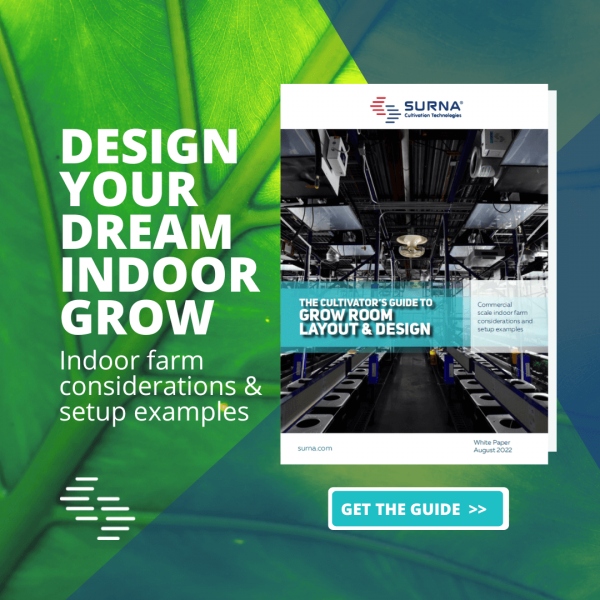When growing cannabis, it is important to closely monitor everything that is added to the plant, this includes the type of water used, how much of each nutrient is added and anything else you may introduce directly to the plant. In this post, we will focus on the importance of closely monitoring the nutrients added to a plant, but the same theory can be applied to anything else – remember, if not purified, water contains minerals and nutrients that may not be accounted for in your nutrient schedule and that could have drastic impacts.
Overdosing a plant on certain nutrients can “burn” the plant and cause it to look discolored, or develop necrosis on the edges of the leaves; overdosing on other nutrients may have no direct impact on the plant, but still represents a waste of resources. For both of these reasons, it is important to properly dose all nutrients given to the plants.
If a plant is damaged due to nutrient overload, it is usually possible to save the plant. However, in some cases, depending on how far the plant has progressed through its life-cycle, it is generally easier, and a better use of resources, to toss any damaged plants and start over with an undamaged crop. Recovering plants have to spend valuable energy repairing themselves, energy that could have otherwise gone into producing larger buds with more resin. Remember, a cannabis plant typically only lives for about four months, 2-3 weeks for recovery is a long time within this timeframe. As such, culling damaged and underperforming plants is often more productive than wasting resources coaching them back to health.
Plants grown hydroponically can die within a single light cycle if they receive an improper nutrient dose and the mistake isn’t fixed quickly. Soil is more forgiving and will often allow time to correct mistakes before they become irreversible.
Underdosing plants can be just as detrimental to the overall health of a crop as it can lead to smaller, malnourished plants that are unable to produce high quality buds
Always make sure all meters used to measure pH and nutrient levels are calibrated correctly and on a regular basis. This small task can make a huge difference on the overall health of a crop – a difference that could add up to millions. It is common for many lower quality measuring devices to lose their calibration points after just a single day of use. Using high quality and proven meters will save your gardeners a lot of time and material resources that would otherwise be spent dealing with basic equipment issues.

